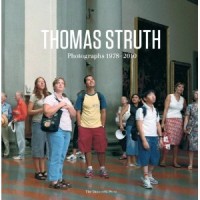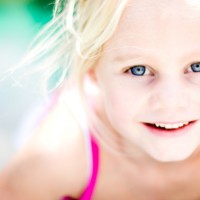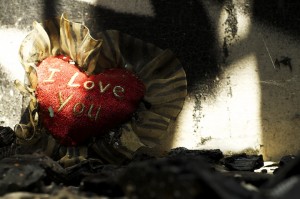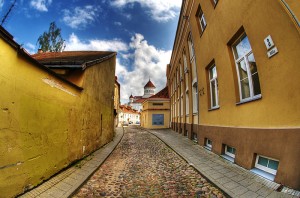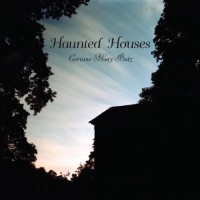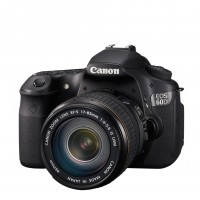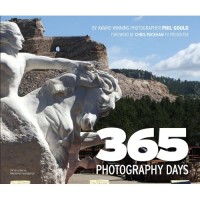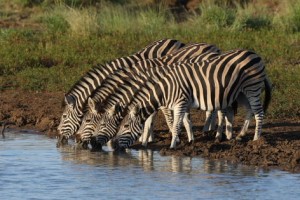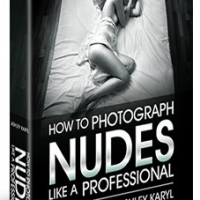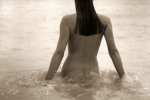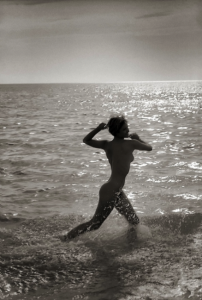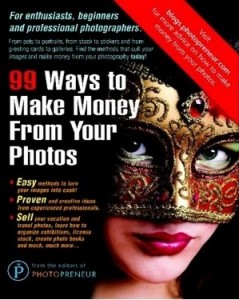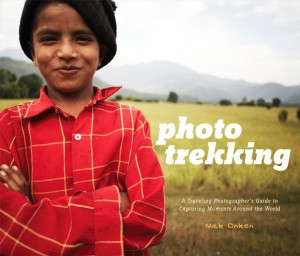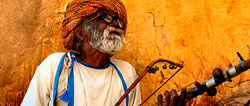New York is a city that's the home to many a fantastic photographic retailer. Between the rather fantastic B&H, the solidly competent Adorama, and - if you're going to shop online anyway - the ever-reliable Photo & Video section at Amazon, there shouldn't really be any reason to go anywhere else... ...As aptly confirmed by the nightmare of an ordering scenario a friend of mine, Sarah, had just before Christmas at the tail-end last year.
What happened?
Sarah lives in London, but her parents live in California. She decided to order a couple of cameras (given how much cheaper camera equipment is in the US, that makes sense), and have it shipped to her parents address. Sound pretty straightforward, right?

It probably would have been, if it hadn't been for the fact that she decided to try and use 42th Street Photo to place her order. Here's what happened;
On December 17, Sarah ordered a Canon Powershot S95 and a Canon EOS Rebel Digital T2i, but because her shipping address (in California) was different from her invoice address (in London), the order was blocked. Fair enough, I suppose, there's a lot of credit card fraud out there.
Dodgy card charges
So instead of trying to confirm with Sarah that this was a genuine order, they call the shipping address, where her mother answers the phone. Now, I don't know much about credit card security, but it sounds to me as if they are worried about that, they should call the invoice address - not the shipping address. I'll leave this thought for you: If you were a fraudster, would you be at the shipping or the invoice address? Exactly.
Interestingly enough, Sarah's card was charged on Friday December 17th, so they clearly didn't care much about the security anyway. Also, by the time the 18th rolled around, the order status on 42 Photo had already updated to 'shipped'. So why did they call? Well.. when they spoke to Sarah's mother on the 21st (four days after the card was charged and the cameras had supposedly shipped), they tried to upsell to faster shipping (even though their website, they said that shipping was only going to be 'less than 10 days') so the order could get there in time for Christmas. Then, they tried to add memory cards to the order, stating that "the camera wouldn't work without them".
Weird upselling
Parents come in all sorts of shapes and sizes - and amounts of photography knowledge. It just so happens that Sarah's mother's photography knowledge is, well, shall we say, somewhat lacking. So when somebody calls her and tells her that Sarah must have made a mistake, and that she must have forgotten to order a piece of the camera which is needed for it to work, what should she do?
I find it curious anyway, that a phonecall to someone at a delivery address should potentially be enough to add additional charges (shipping; memory cards) to a credit card that was already charged and authorised via a website, but that's by the by.
In addition, if you check the 42nd street Photo website, you'll find their terms and conditions state "Although you have received an email confirming your order, we do not charge your credit card until the item is ready to be shipped and all customer adjustments if any are applied" (emphasis mine). Since the card was charged on the 17th, and 42 street Photo started calling Sarah's mother on the 21nd, that was clearly ignored as well.
Shipping... Too late.
Then, eventually, Sarah receives a shipping confirmation on the 22nd of December, via UPS, stating that the items had been shipped, and were scheduled to be delivered on December 30th - 3 days later than expected.
Now, most people are perfectly happy to wait for another three days, but there was an itsy-weeny problem: Sarah was going to leave the country on the 29th, and needed her cameras with her. Since the order was placed on the 17th, and the 42 Street Website promised a 10-day delivery (at most), Sarah figured she would have a couple of days leeway. Instead, the cameras would arrive two days too late.
What have we learned?
Between the slow shipping (5 days to ship an order of cameras that are marked in stock?), charging the credit card too early, breaching their own terms and conditions, trying to upsell memory cards and shipping (the latter, presumably, to cover their own ass for being too slow in shipping the items in the first place), trying to get a person unrelated to the transaction to authorise additional spending on a credit card, rude one-line replies to genuine customer service woes, and an apparent lack of care about fraud prevention...
I don't know about you, but I don't think I'll be turning to 42 street photo for my photography needs in the future.






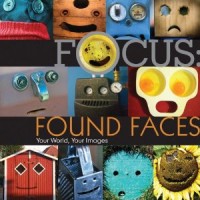
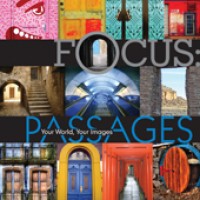

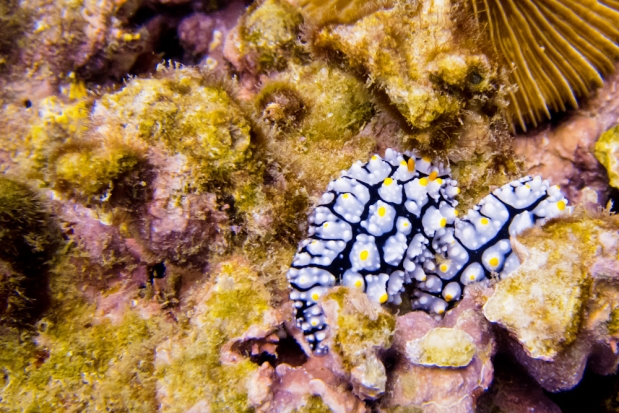
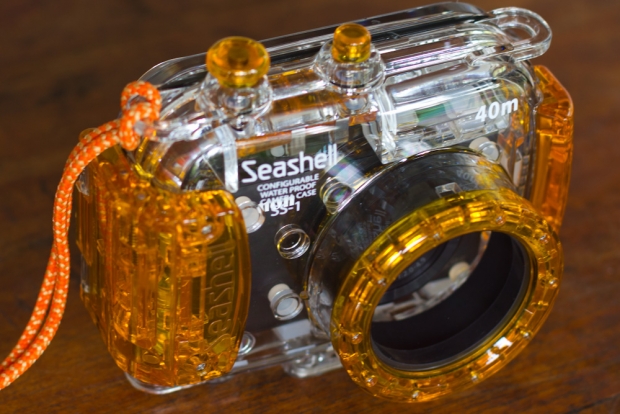
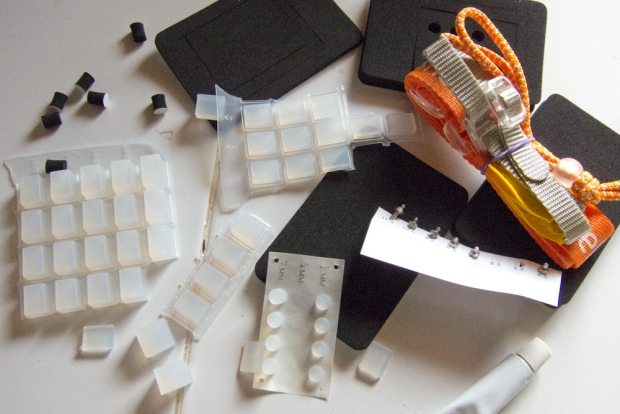
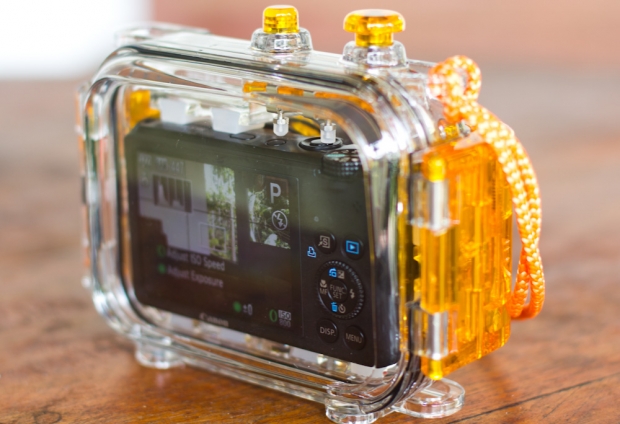

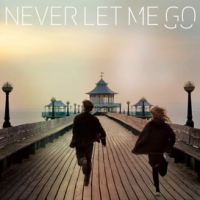
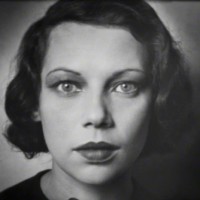
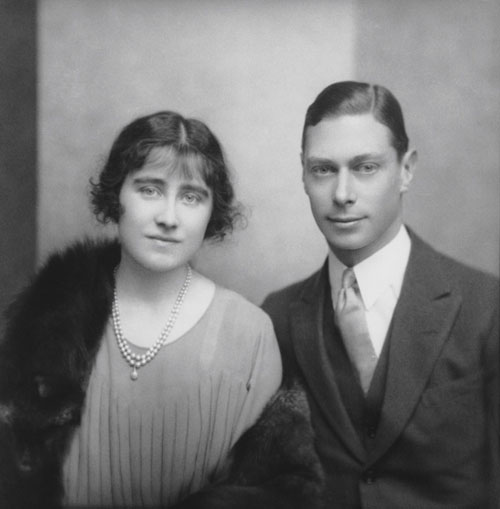
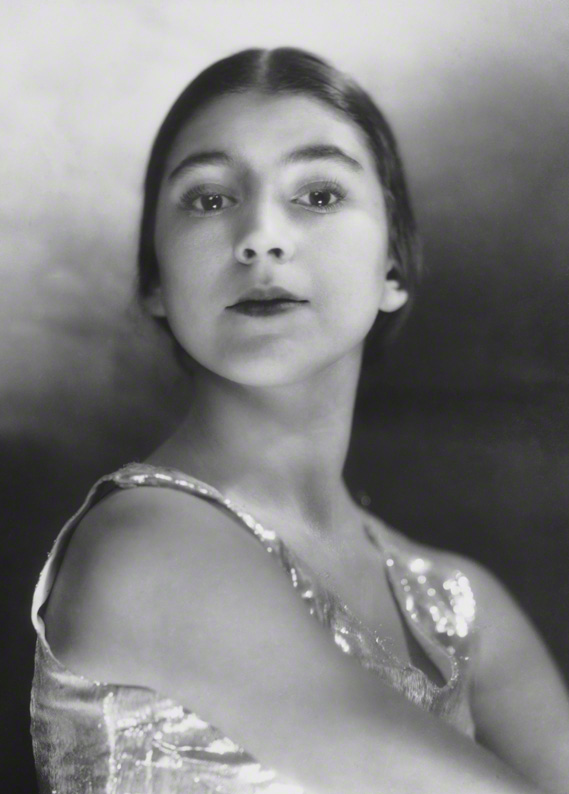
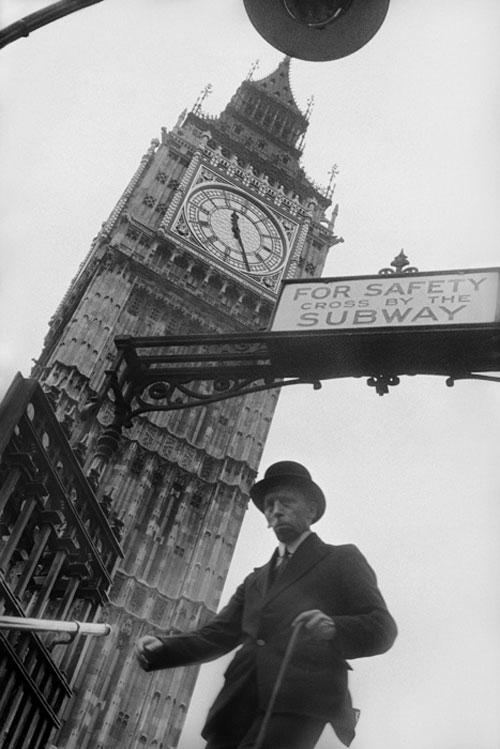
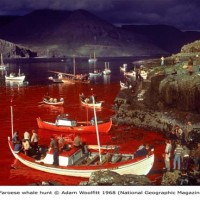
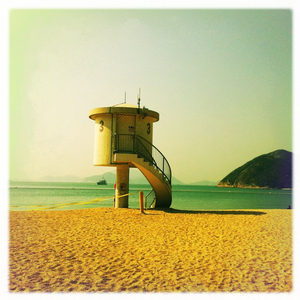
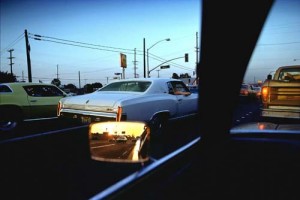
 How does having your photos printed on glass sound to you? A minimalist photo-and-frame-rolled-into-one deal, if you like. It’s what the guys over at Fracture can do to your pictures. No, there’s no paper involved; the image goes on the glass. No, I’ve not a clue how they do it. But I really wanted to know what they’re like, so I checked them out.
How does having your photos printed on glass sound to you? A minimalist photo-and-frame-rolled-into-one deal, if you like. It’s what the guys over at Fracture can do to your pictures. No, there’s no paper involved; the image goes on the glass. No, I’ve not a clue how they do it. But I really wanted to know what they’re like, so I checked them out.



